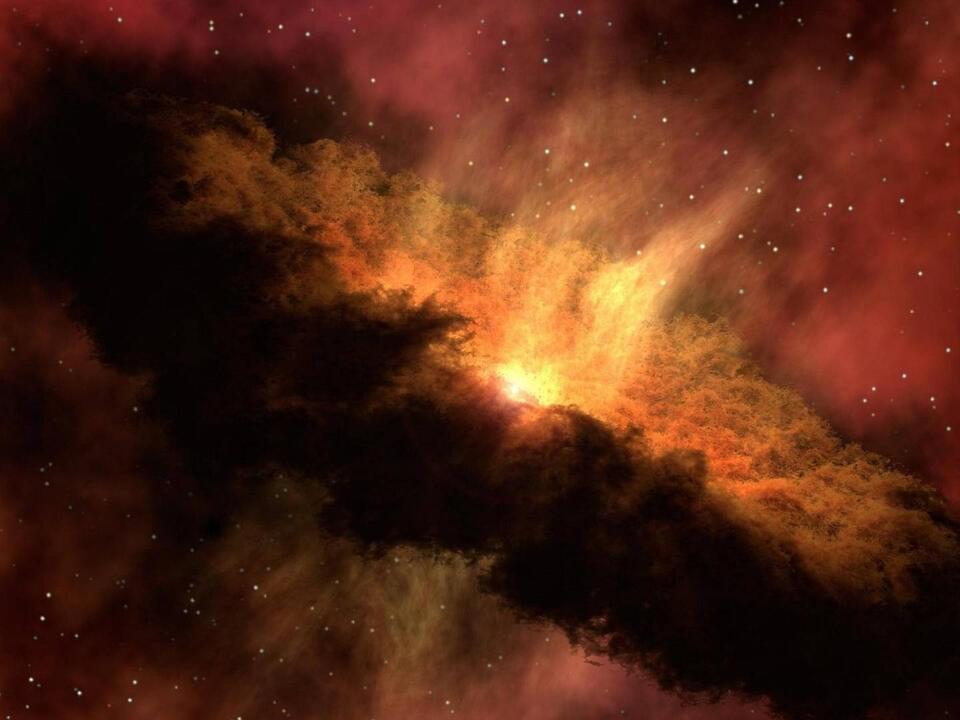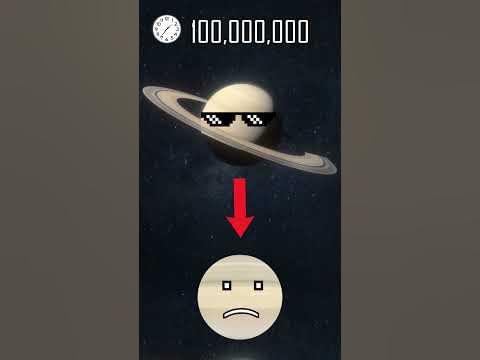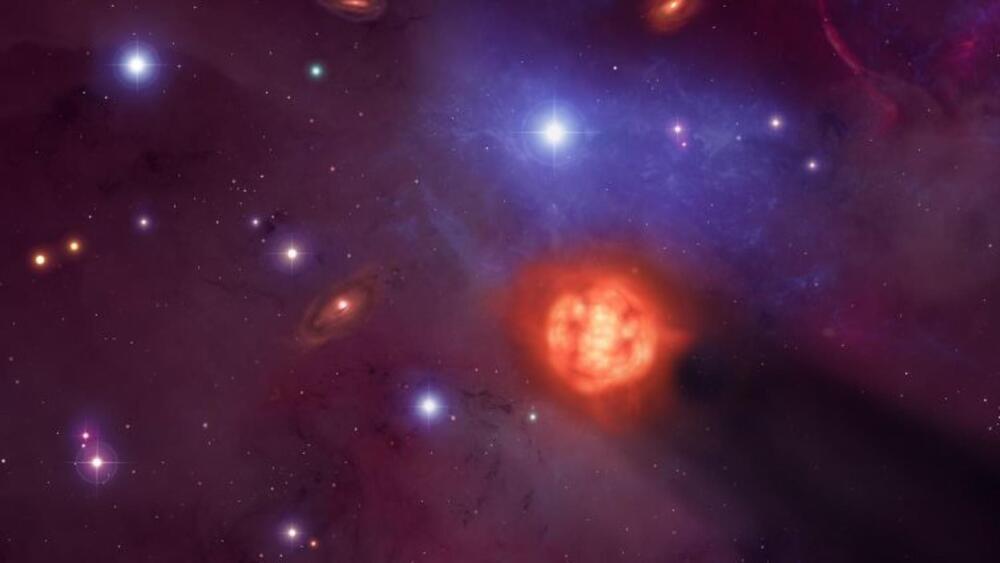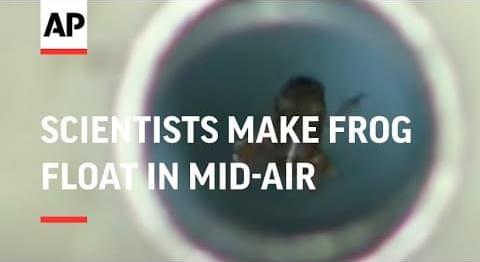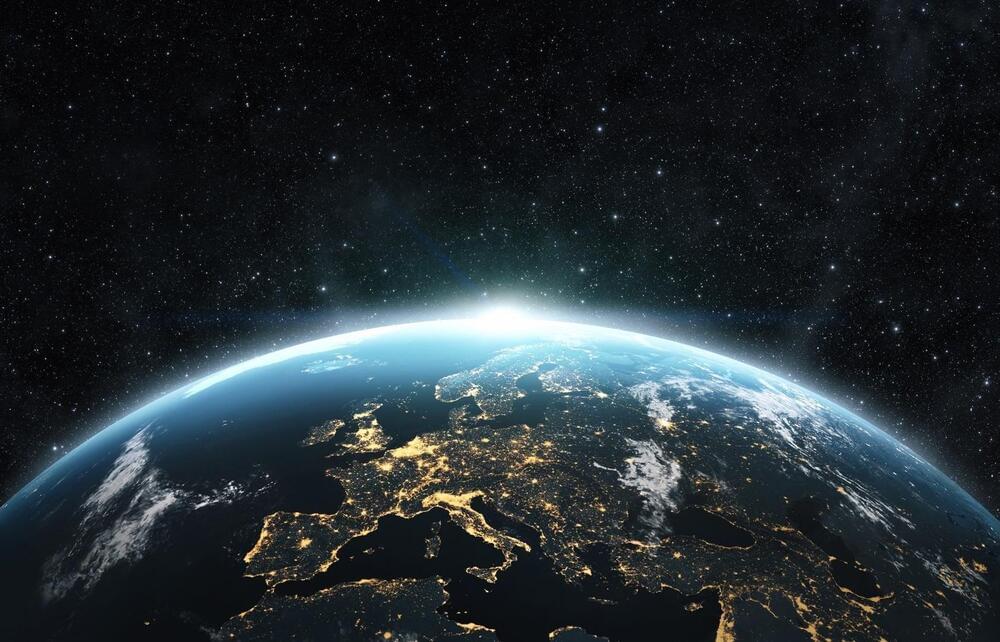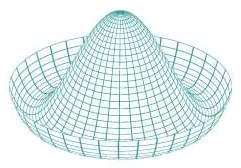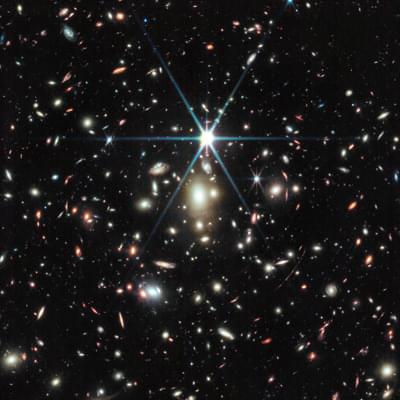
Last year, the Hubble Space Telescope made headlines by detecting the most distant star ever seen, a luminary from the universe’s first billion years named “Earendel.” Now, NASA’s James Webb Space Telescope has uncovered mesmerizing details about this intriguing star.
“The Hubble provided us a glimpse of Earendel, but the James Webb Space Telescope is now offering us a deep dive,” said NASA. “These observations not only enlighten us about the star’s nature but also about its host galaxy, the Sunrise Arc, and possibly about the early universe itself.”
Earendel is no ordinary star. Webb’s NIRCam (Near-Infrared Camera) instrument paints a portrait of a massive B-type star, sizzling at temperatures twice as scorching as our Sun and radiating with a luminosity a million times more intense.
